AN EGYPTIAN TEMPLE REBORN
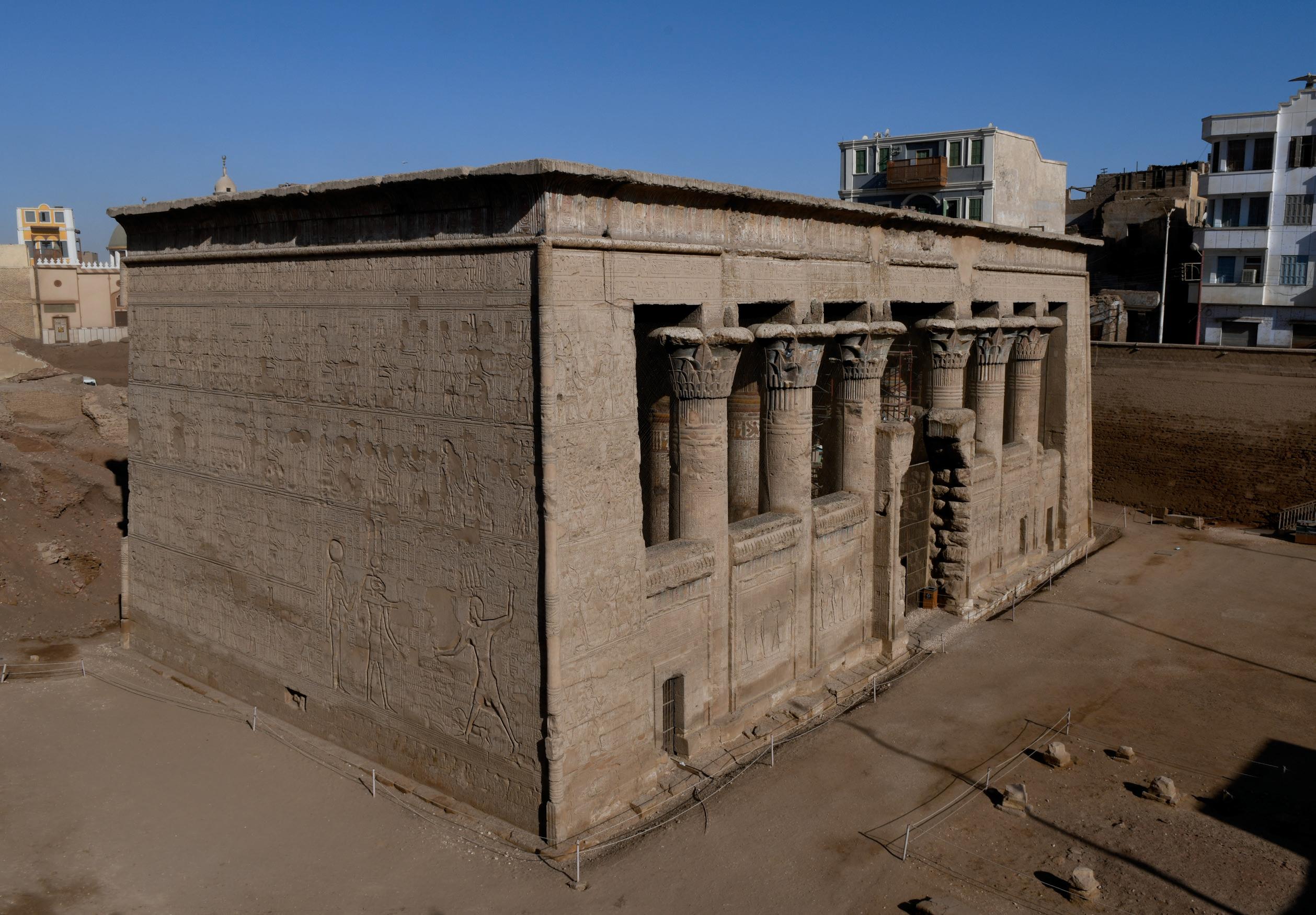
SOME 100 MAJOR TEMPLES towered over the landscape of Roman Egypt, though today only six still stand. One of the best preserved sits in a residential neighborhood in the modern city of Esna on the west bank of the Nile in Upper Egypt. The temple was dedicated to the creator god Khnum, his family, and the goddess Neith. Now 30 feet below street level, the temple's red sandstone pronaos, or entrance hall, is all that survives of what was once a larger complex. The other remnants of the temple, which stood behind the hall, are now buried beneath the city. In antiquity, the hall, which measures 120 feet long and 65 feet wide and stands 50 feet high, would have dwarfed the rest of the temple. Larger-than-life scenes carved on each of its exterior walls offered ancient worshippers a mere hint of the resplendent painted reliefs that still cover nearly every inch of the hall's interior.
Construction of the temple's pronaos began after the emperor Augustus' conquest of Egypt in 30 B.C., but its decoration required centuries to complete. The entrance hall was constructed directly against the facade of the temple, which had been built during the rule of the pharaoh Ptolemy VI (reigned 180-145 B.C.), one of the kings in a dynasty of Macedonian royals who governed Egypt from 304 to 30 B.C. Throughout the hall, oval cartouches with the names of a long line of Roman emperors attest to the protracted time it took to finish the building and its decoration. Construction of the hall was likely completed in the mid-first century A.D., under the emperor Claudius. It took artisans until the reign of the emperor Decius, 200 years later, to finish carving and painting the building's elaborate relief decoration.
Diese Geschichte stammt aus der March/April 2025-Ausgabe von Archaeology.
Starten Sie Ihre 7-tägige kostenlose Testversion von Magzter GOLD, um auf Tausende kuratierte Premium-Storys sowie über 8.000 Zeitschriften und Zeitungen zuzugreifen.
Bereits Abonnent ? Anmelden
Diese Geschichte stammt aus der March/April 2025-Ausgabe von Archaeology.
Starten Sie Ihre 7-tägige kostenlose Testversion von Magzter GOLD, um auf Tausende kuratierte Premium-Storys sowie über 8.000 Zeitschriften und Zeitungen zuzugreifen.
Bereits Abonnent? Anmelden

THE SHELL SEEKERS
How hunter-gatherers in northern Florida facing an uncertain future revived a powerful symbol of their past

The Secrets of Porvenir
Remembering the victims of a 1918 massacre that shook a Texas border community
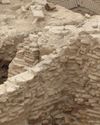
UNEARTHING ANELUSIVE EMPIRE
Archaeologists have discovered rare evidence of an enlightened medieval dynasty that ruled much of Central Asia
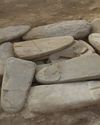
Ahead of Their Time
Excavations reveal the surprising sophistication of Copper Age villagers in southwestern Iran 6,000 years ago
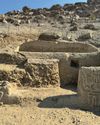
ORIGINS OF PERUVIAN RELIGION
While investigating looters' holes at the site of La Otra Banda in northern Peru's Zaña Valley, archaeologist Luis A. Muro Ynoñán of the Field Museum and the Pontifical Catholic University of Peru spotted carved blocks around seven feet below the surface.

ISLAND OF FREEDOM
Many of the enslaved Africans sent to Brazil beginning in 1549 were from what is now Angola, where one of the most widely spoken languages was Kimbundu.
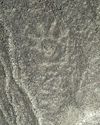
NAZCA GHOST GLYPHS
From the 1940s to the early 2000s, geoglyphs were discovered in the Nazca Desert of southern Peru depicting animals, humans, and other figures at the rate of 1.5 per year.

COLONIAL COMPANIONS
The ancestry of dogs in seventeenth-century Jamestown offers a window into social dynamics between Indigenous people and early colonists.
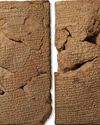
BAD MOON RISING
The British Museum houses around 130,000 clay tablets from ancient Mesopotamia written in cuneiform script between 3200 B.C. and the first century A.D.
